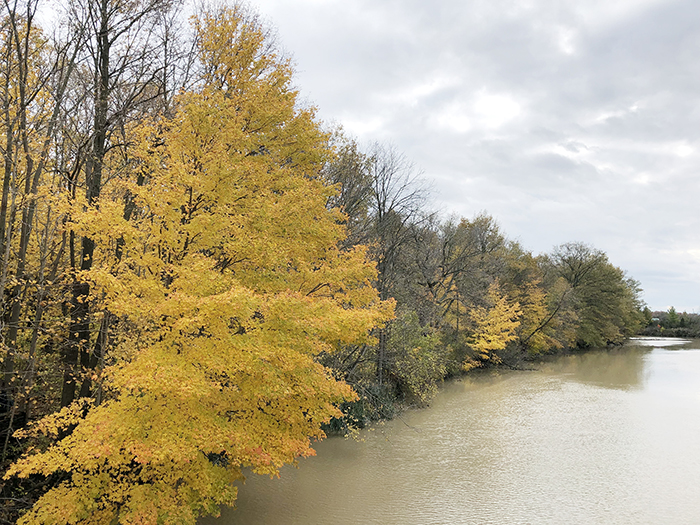
By Pam Wright
Local Journalism Initiative Reporter
The latest analysis of Chatham-Kent’s tree cover is set-to-be released to council’s Natural Heritage Committee of the Whole Nov. 29.
According to Mark Peacock, chief administrative officer of the Lower Thames Valley Conservation Authority, the initial assessment by Lower Thames staff is complete and is now under peer review by technicians from the Upper Thames Valley Conservation Authority.
“We want to ensure the conservation authority is preparing information,” Peacock explained. “We’re not preparing an opinion.”
The arm’s-length, stick-to-the-facts approach allows the LTVCA to remain neutral in the polarizing argument between opposing environmental and agricultural factions regarding tree cutting in Chatham-Kent.
The committee – which includes all members of council – has been formed to examine Chatham-Kent’s natural spaces and address the historically contentious issue of whether to establish a tree-cutting bylaw in Chatham-Kent.
At present, with only 3.5 per cent tree cover, Chatham-Kent is one of the last remaining municipalities in Ontario that does not have a tree-cutting bylaw.
A temporary tree-cutting bylaw, prohibiting clear cutting within the municipality, was approved by council earlier this year, but it is set to expire in December.
The Natural Heritage Committee of the Whole held its first meeting Nov. 1. Wallaceburg Coun. Aaron Hall – who got the ball rolling by putting the temporary bylaw forward in the spring – was elected to chair the committee, with South Kent Coun. Trevor Thompson picked as vice-chair.
When he addressed the meeting, Hall said it’s clear through the “passionate” feedback and dialogue from constituents the issue is incredibly important to the residents of Chatham-Kent.
“We have some important work ahead of us as a committee,” Hall said, adding councillors have a “real opportunity” in the final year of their term to tackle the topic.
Encouraging productive debate and providing “clear direction and clarity” regarding the path forward with regard to the future of Chatham-Kent’s natural heritage are among the committee’s responsibilities, Hall said.
Thompson, who serves as chair of the Lower Thames Valley Conservation Authority, said there are competing interests within Chatham-Kent, with the sustainability of all sectors being the most important issue across the board.
“I think what we have to keep in mind is that there’s a rural area that needs to know its voice is heard,” Thompson explained, noting there’s a “social and societal benefit” to tree cover and natural spaces.
“Balancing those off is going to be difficult,” Thompson noted.
The Chatham-Kent Official Plan states the protection and enhancement of the natural environment is essential for the achievement of long-term sustainability.
The committee has plans to regularly meet over the winter to further examine the issue and develop new policy.
The last aerial mapping of the municipality took place in 2015.






